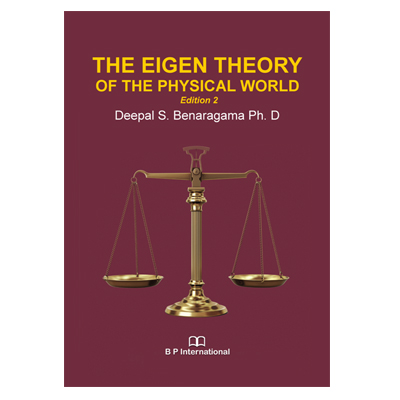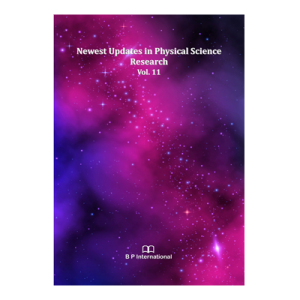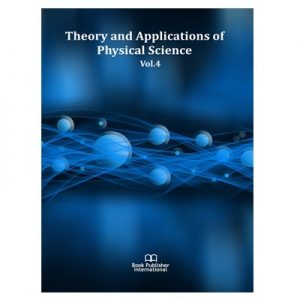I am Deepal Benaragama and I live with my wife Lalitha in the county of Kent, England.
I have a Ph.D. in applied Electromagnetism from the University of Southampton, England. Since leaving the university, I have worked for G.E.C. in the Midlands and C.E.G.B and Nuclear Electric in South East England. I took voluntary severance from Nuclear Electric, my last place of work, in 1993 when the research laboratory moved to a faraway location to which I was not prepared to go for personal reasons.
Voluntary severance allowed me to work full time in theoretical physics. Until then my work in this subject had been limited to a critical survey of the existing structures of Relativity and Quantum Mechanics, and during that survey, the outline of a complete mathematical theory of the physical world began to appear in my mind. In 1999 I wrote down these emerging ideas in a book I called ‘The Quest for Balance’ (An Extended Theory of Relativity). It was really an attempt to streamline my ideas and I self-published it using my own publishing company Kyral Ltd. It was never intended for sale and I distributed it freely among some of the professional physicists, my friends and colleagues. I received only one response and it was from a distinguished professor of physics who advised me to write a peer-reviewed paper based on my ideas. I am very grateful to him.
The complete mathematical theory of the physical world this book contains, which I call the Eigen Theory, is the results of my continued efforts over the last two decades. It finally turned out to be an intuitively appealing theory, which calls only for a basic knowledge of relativity and differential geometry.
After the Introduction, the reader may proceed directly to Chapter 4 in which the theory formally begins.





